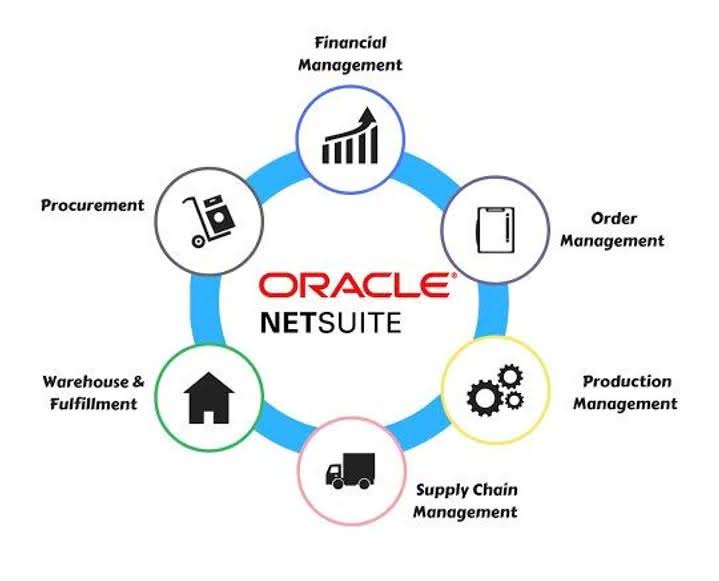Content

Job costing helps businesses break down the relationship between revenue and costs to discover where improvements can be made. Job costing also helps provide cost estimates for customers or clients. By analyzing how successfully you manage estimates, you can better price jobs in the future. The purpose of job costing is to ascertain the profit or loss made on each job.
- Each staff reviewer at Merchant Maverick is a subject matter expert with experience researching, testing, and evaluating small business software and services.
- Unit costs are computed by department on the department production report.
- Like in financial accounting, in cost accounting also journal and ledger are maintained.
- Job costing software can automatically assign costs to specific projects based on precise, predefined business rules, ensuring consistency and accuracy in the way they are broken down.
- With process costing, total costs — materials, labor, and overhead — are used to determine the price of each item that is produced.
- Factory job costing is followed if a job is undertaken to meet the customers’ special requirements.
- Per unit cost of labor, material and output, based on the total cost of delivering many units over a given time frame.
The overhead charge covers the costs of operating the garage – tools and equipment, rent, insurance, maintenance, utilities, etc. It is a way to allocate overhead , and build it in to the amount charged to customers. This technique readily avails to the management the various costs in relation to the individual batches or jobs.
Example Question #1 : Job Costing
Job costing is used to accumulate costs at a small-unit level. For example, job costing is appropriate for deriving the cost of constructing a custom machine, designing a software program, constructing a building, or manufacturing a small batch of products. A further difference between the two costing systems is that the job cost sheet is not used in process costing, since the focal point of process costing is on departments. Instead of using job cost sheet a production report is prepared for each department in which work is done on products. It provides a summary of number of units moving through a department during a period, and it also provides a computation of unit costs. In addition it shows what costs were charged to the department and what disposition was made on these costs. The department production report is a key document in a process costing system.
Job costing systems are specialized software solutions that help companies accurately estimate the costs involved in a multifaceted project. They simplify the process so that project managers can drill down into costs at the individual level and create real-time reports that can inform their future strategies. Both systems have the same basic purposes-to assign material, labor, and overhead costs to products and to provide mechanism for computing unit product cost. Costing is generally used in such industries such as petroleum, coal mining, chemicals, textiles, paper, plastic, glass, food, banks, courier, cement, and soap. Standard Costs – This is similar to the weighted average method but uses a standard cost rather than the actual costs. Once this is measured, they are then matched against the actual costs incurred and are the difference is charged to another variance account. This is used when a company produces in large batches but have a varied mix of products to which they cannot assign separate costs to.
Terms Similar to Job Costing
Because the frames have already been through each department, the additional work is typically minor and often entails simply adding an additional fastener to keep the back of the frame intact. https://www.bookstime.com/ It determines the total overhead costs and then identifies the cost for the project or specific job. For the non-direct costs, the accountant accumulates the costs in the overhead cost pools.
- Accurate job costing can improve profitability, help you better manage employee scheduling and be a key component of prompt financial reporting.
- Job costing is used to accumulate costs at a small-unit level.
- Other costs in the value chain are not included in inventory but, in…Role of Management Accounting Production costs are included in inventoriable costs.
- After the production, the manager inspects the final product to ensure whether it meets the clients’ requirements’.
- These costs are classified as direct or indirect costs based on their traceability to the product.
- Costing techniques are very important to the business management because they help them make sound decisions for the company.
Other costs in the value chain are not included in inventory but, in…Role of Management Accounting Production costs are included in inventoriable costs. Other costs in the value chain are not included in inventory but, in… Your matched tutor provides personalized help according to your question details. Payment is made only after you have completed your 1-on-1 session and are satisfied with your session. Parts inventory, including department employee wages, insurance and warehousing costs. The process s initiated by the customer placing a sales order for the batch of products.
Manage Job Costing With Accounting Software
Take a deep breath and get an accounting refresher with our Quick Guide To Accounting Terms And Concepts. From startups delivering niche products to enterprise players running multiple lines of business, users can more accurately run estimates and keep project costs in check. This enables teams to focus on improving productivity, efficiency and profits. Real-time cost information is a difference-maker for businesses working on high-stakes projects. Process costing requires businesses add all operating costs for consistent, large-scale production of similar items over time, such as white label rubber gaskets, paper straws or smartphones. Materials from the store are ordered by the manufacturing engineers using a materials requisition record.
- Places heavy emphasis on direct costs and disregards consideration of indirect costs.
- While you can do your job costing calculations by hand, there are plenty of software options that will do the hard work for you.
- Overhead absorption rate is followed for estimating factory overhead.
- The number of direct labor hours used on the jobs is the basis of such allocation.
- The cost flow diagram shown under Section B in this module is the same for process costing except there will typically be several WIP accounts (i.e., one for every department).
- The development of a lean manufacturing facility is not a quick fix like Kaizen.
- Chapter 17 introduced product costing, the schedule of cost of goods manufactured, and the basic cost flow of a manufacturer.
Direct costs typically include raw materials, whereas indirect costs might include things like the tools or machinery used to manufacture goods or office supplies. To calculate material costs, add all direct and indirect costs. Entries are recorded in the same manner as basic product costing. 1) Direct materials recorded as used using materials requisition forms. 2) Direct labor is recorded when incurred using labor time tickets. 3) Overhead is applied using an overhead rate as the activity is incurred. Multiple persons, parts, and processes may be needed to bring about a deliverable output.
Engineering and Management Times
The most common mistake when preparing a job order sheet is the use of the wrong job order number. Companies pick a method that works well for them, and is cost effective.

Computing individual unit costs in process costing is a fairly basic process compared to other cost accounting methods. The basic cost calculation is work-in-process plus costs incurred for the month divided by total equivalent units. Companies often break down production costs into direct material costs and conversion costs. Conversion costs include the direct labor and manufacturing overhead for each production process. Work-in-process represents the incomplete equivalent units from the previous month. Only 100 percent complete equivalent units will be assigned full process cost. Manufacturers normally use the job order costing system to record expenses for each job or each unit of the product that includes direct and indirect labor, materials, and overhead costs.
How do you distinguish between job order costing and process costing elaborate with examples?
When we obtain enough information, only a simple spreadsheet is enough to complete the work. Both actual and normal costing methods are used in businesses to evaluate production costs. It depends on the company that wants to choose the appropriate method to fit its needs.

Per unit cost of labor, material and output, based on the total cost of delivering many units over a given time frame. When it’s used Generally used in projects involving multiple workstreams with different outputs and stakeholders. Helpful on projects Job Costing Concepts that consistently deliver the same products at scale, where there is opportunity for continuous streamlining. These programs allow you to create projects or services, add budgets for your jobs, and attach time, expenses, costs to those projects.
Financial Statement Impact Scenarios
Thus far, the illustrations of job costing have focused on methods to accumulate job cost information. In a sophisticated electronic environment, that information can be seamlessly transferred to a company’s general ledger system. Suppose a computer manufacturer allocated overhead based on the amount of installed memory. As a result, a machine with 2 GB of memory would absorb twice as much overhead as a machine with 1 GB. This is probably not a good idea; there is little difference in the production process needed to manufacture the 2 machines .
What is an example of process costing?
Process costing is a method of costing used mainly in manufacturing where units are continuously mass-produced through one or more processes. Examples of this include the manufacture of erasers, chemicals or processed food.
These costs are divided into direct costs and indirect costs. Job costing is best suited to those situations where goods and services are produced upon receipt of a customer order, according to customer specifications, or in separate batches. For example, a ship builder would likely accumulate costs for each ship produced. Construction companies and home builders would naturally gravitate to a job costing approach. Materials and labor can be readily traced to each job, and the cost assignment logically follows. If direct labor costs are $20,000 for the month, overhead of $24,000 ($20,000 × 120%) would be allocated to work‐in‐process inventory.